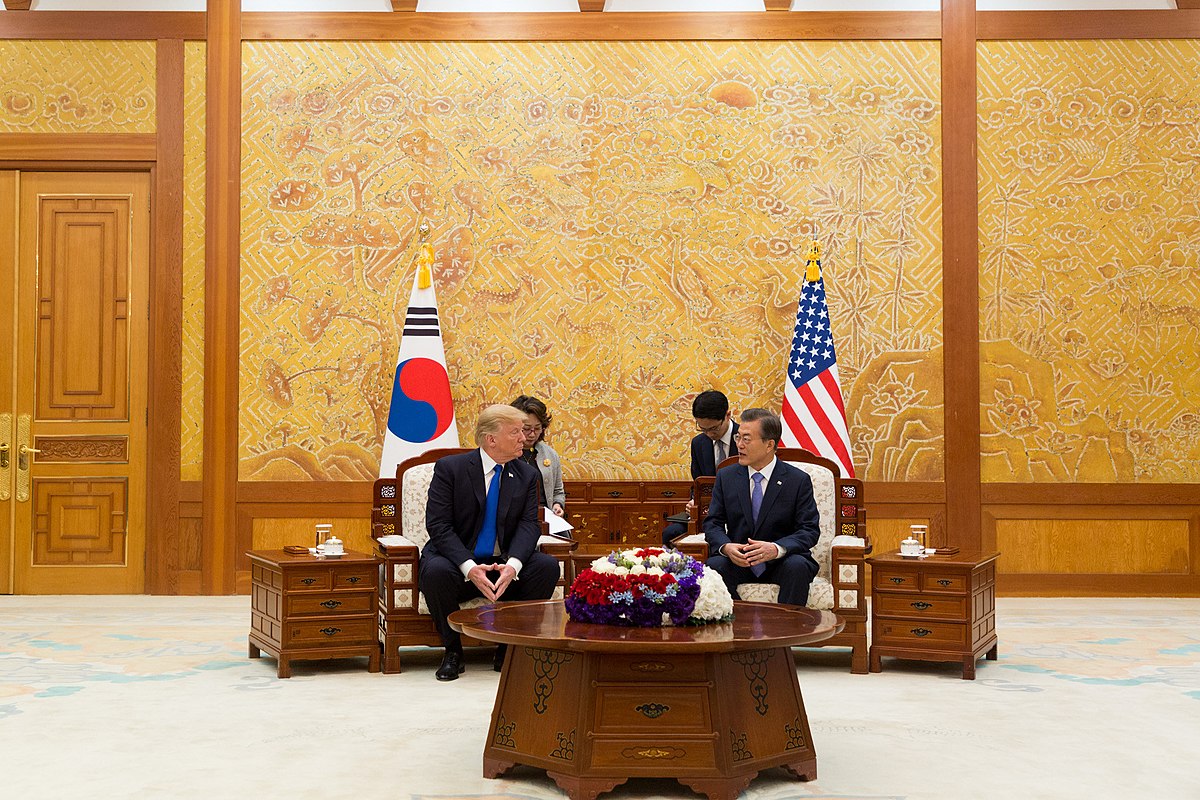Income inequality has been much discussed in recent months. Major global gatherings such as the 2014 G20 Brisbane Summit, the G20 finance ministers and central bankers meetings in Istanbul and the 45th Annual Meeting of the World Economic Forum in Davos have sought to address the problem and develop strategies to manage and mitigate the risks associated with global wealth disparity. NGOs such as Oxfam, the Organization for Economic Cooperation and Development (OECD) and the International Monetary Fund (IMF) have provided analyses on the effects the wealth gap will have upon the global economy. The organizations have also proactively developed strategic initiatives for governments to adopt to tackle the systemic issue.
Recent research conducted by Oxfam states that “the share of the world’s wealth owned by the best-off 1% has increased from 44% in 2009 to 48% in 2014, while the least well-off 80% currently own just 5.5%.” The institution went further to predict “the richest 1% would own more than 50% of the world’s wealth by 2016” and stated the current disparity trend “was dangerous and needed to be reversed [because] it’s bad for growth and it’s bad for governance.”
In light of recent figures and projections, governments and organizations have analyzed risk assessment strategies and have discussed measures they could take to combat the problem. To achieve economic progress and realize greater wealth distribution, a World Economic Forum paper maintains governments should assess 14 yardsticks of progress under six pillars: education and skills; employment and labour compensation; asset building and business investment; corruption and rents; fiscal transfers; and basic services and infrastructure.
Furthermore, Oxfam is calling on governments to adopt a seven-point plan:
- Clamp down on tax dodging by corporations and rich individuals
- Invest in universal, free public services such as health and education
- Share the tax burden fairly, shifting taxation from labour and consumption towards capital and wealth.
- Introduce minimum wages and move towards a living wage for all workers.
- Introduce equal pay legislation and promote economic policies to give women a fair deal.
- Ensure adequate safety-nets for the poorest, including a minimum-income guarantee
- Agree on a global goal to tackle inequality.
In Canada, opposition MPs have raised the income inequality issue with the Conservative government. Prime Minister Stephen Harper’s stated, “middle-income and low-income Canadians have benefited most from tax cuts brought in by his government.” The Prime Minister maintained his government’s goal is to serve hardworking Canadian families, which means concentrating on “economic security, creating and protecting jobs and reducing taxes for families.”
An ideological battle exists that separates officials in their pursuit of income equality reduction and the promotion of economic growth. Left of centre proponents have aligned with redistributive tax plans characteristic of middle-class economics, while right of centre advocates identify with trickle-down economics. Furthermore austerity advocates support fiscal restraint measures employed by governments, while those opposed to austerity vouch to print money and cut interest rates to encourage growth.
The volatility of the current global fiscal climate accompanied by widespread income inequality will force governments to adopt policy amendments in an effort to secure economic growth and proportionately distribute wealth.




